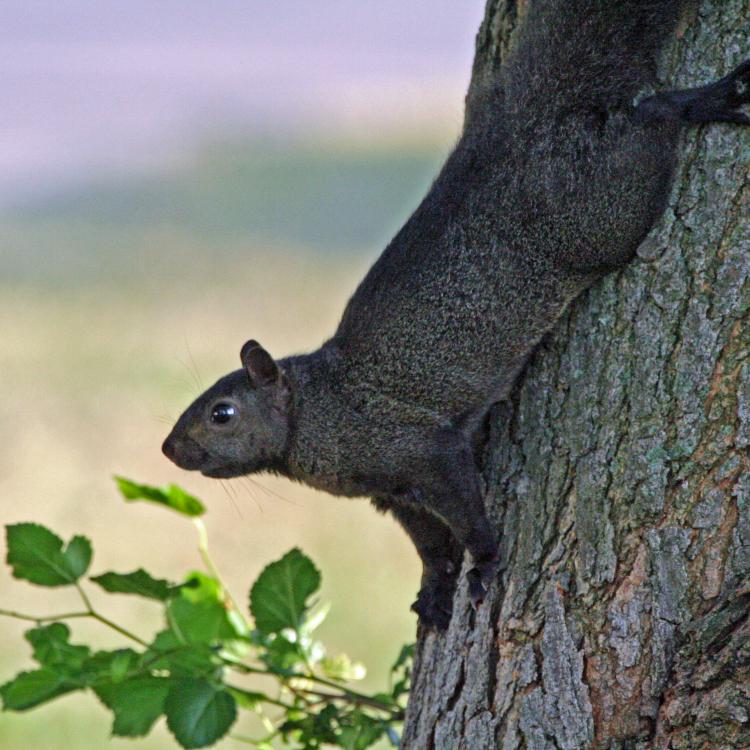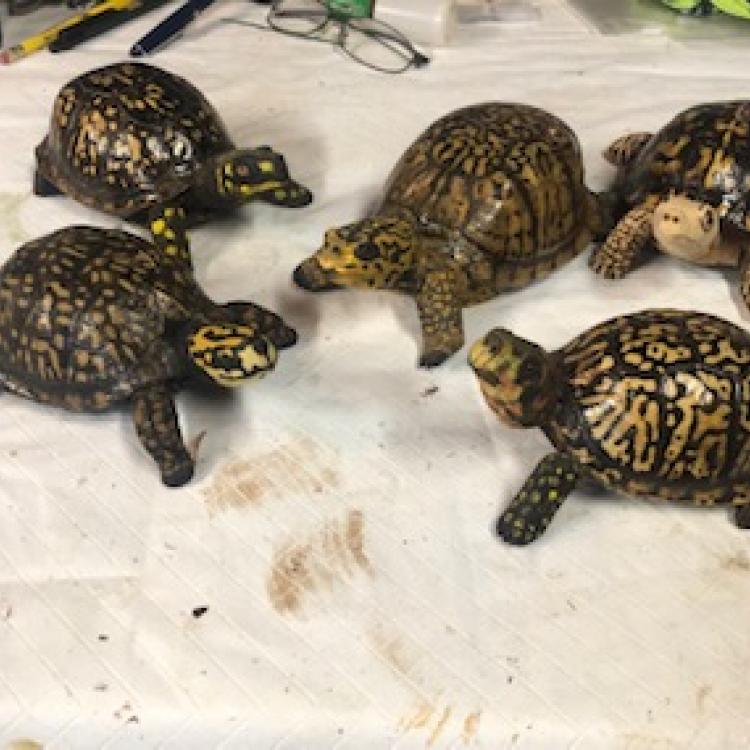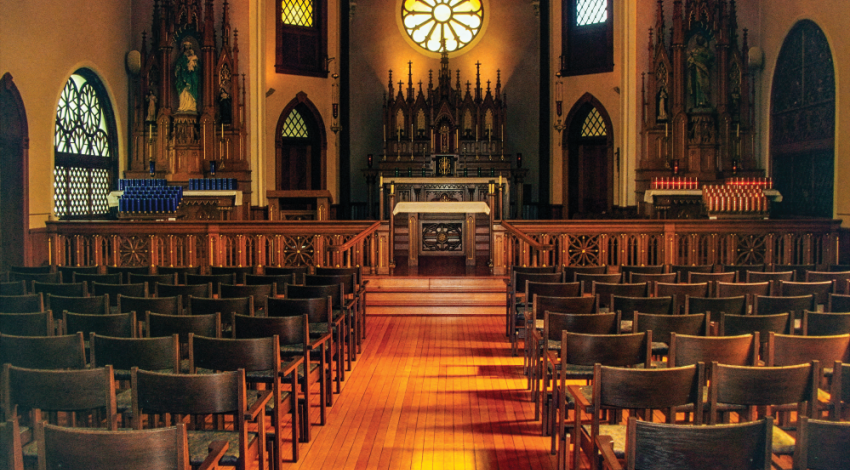Black squirrel
In the April 2021 issue of Ohio Cooperative Living, several readers found my box turtle story of interest (Life In the S-L-O-W Lane). So much so that cooperative member Mike Serio shared the photo below of his hobby of carving box turtles from wood. The story also generated a question from Lori Wilt, not about turtles but black squirrels. And Kristi Maxwell wants to know what to plant along her riparian property in northwest Ohio to attract wildlife.
Mike Serio, South Central Power Company
Hi, Chip: No question here, I just thought you might like to know that when I find an empty box turtle shell in the woods, I carve it back to life using basswood. One of the turtle carvings in the photo hasn’t had its head painted yet, but thought you’d enjoy the photo.
A. Wow, Mike, great work; your turtles are so realistic they look alive!
Lori Wilt, Hancock-Wood Electric Cooperative
Q. Your recent article about box turtles was quite interesting. It made me think of a question for your Q & A column about black squirrels. Are they only native to Northwest Ohio? I moved to Findlay, Ohio, from Ashland, Kentucky, and prior to that lived in Wheeling, West Virginia, and I had never seen a squirrel with black fur until recently. We joke that they are some kind of lab mutant or demon squirrel, but I’m sure there’s a real/logical explanation.
A. Hi, Lori: Glad to hear you enjoyed my box turtle story, and thanks for your question. It’s one I hear from time to time. Black squirrels, as found in some Ohio cities and towns, are simply a color variety of the common gray squirrel. Black squirrels are more numerous in urban areas than rural regions because they possess a recessive color gene that is more easily transmitted in isolated squirrel populations, such as those found in cities. An interesting sidenote is that black squirrels are so ubiquitous in Kent, Ohio, that Kent State University Press has a “Black Squirrel” line of books. So, mystery solved. No need to worry about the “demon” squirrels of Findlay.
Kristi Maxwell, Hancock-Wood Electric Cooperative
Q. I’d like to plant something natural to Ohio along the south branch of the Portage River behind my house where it is almost always wet, any ideas? Also, any suggestions on how to attract more wildlife back there?
A. Hi, Kristi: Glad to hear that you have a desire to improve and increase the wildlife habitat on your property. I would suggest contacting the Ohio Division of Wildlife, District Two Office in Findlay, which covers your part of the state. Ask to speak to a Private Lands Biologist, as he/she will give you many suggestions and options concerning what to plant for wildlife. There is no charge for these biologists’ services. And since you are located in a riparian area, be sure to ask about the Lake Erie CREP Wetlands Program and Lake Erie CREP Riparian Buffers Program. The phone number for the Findlay District Office is 419-424-5000.
For the locations and contact information of other Ohio Wildlife District Offices in the state, call 1-800-WILDLIFE or go online to https://ohiodnr.gov/wps/portal/gov/odnr/discover-and-learn/safety-conservation/about-ODNR/wildlife/wildlife-contacts/district-offices-wildlife.










